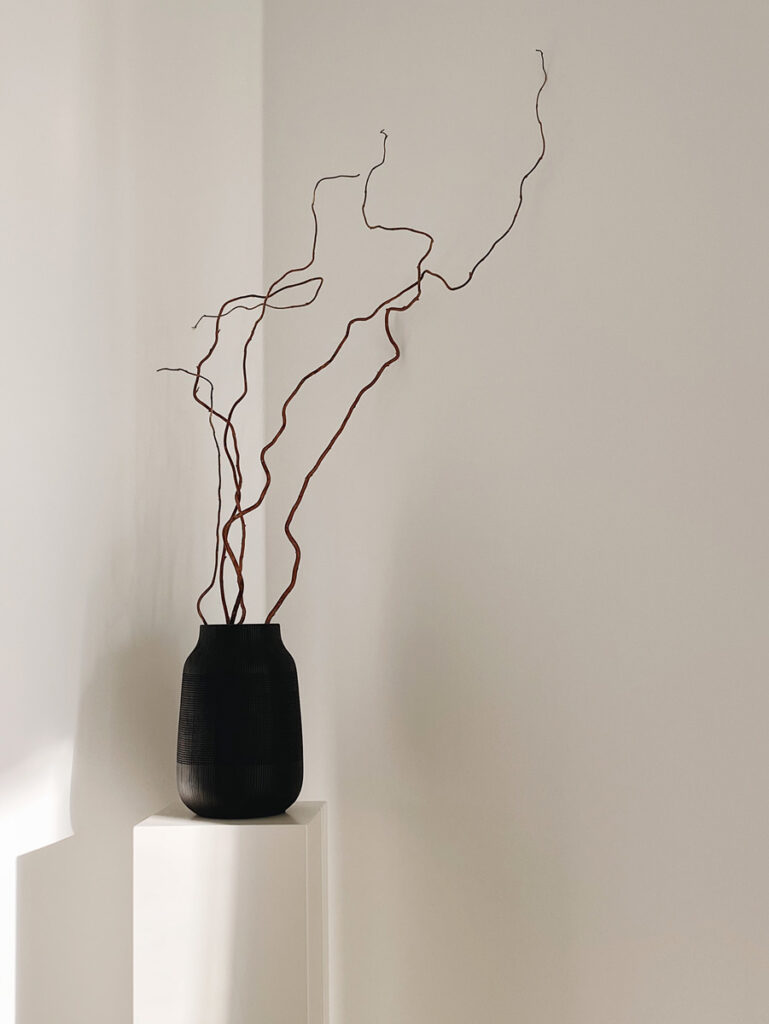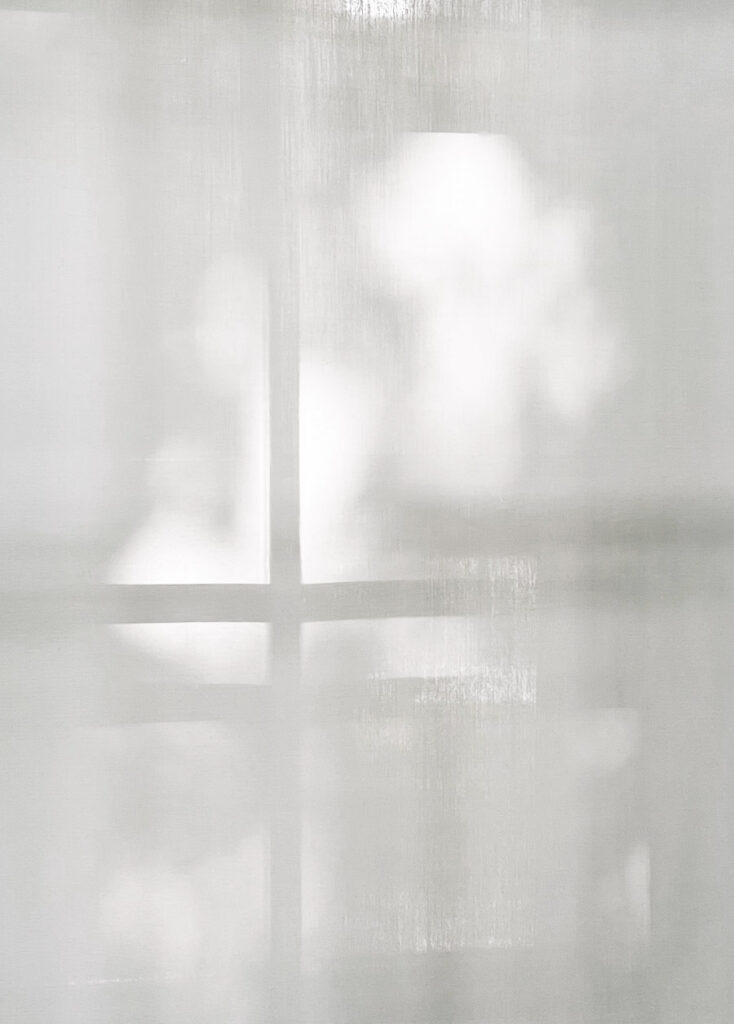This series investigates the personal journey and the unexpected meditative moments while photographing – inspiring and encouraging readers to expand their photographic horizon.
If you’re a photographer, designer, or creative of any kind, you know that finding peace and clarity in your work is essential. And for some of us, finding that tranquility comes through the practice of meditation. Zen Photography can be a great way as a meditative practice.
I remember this special morning – The birds are chirping. The sun shines through the window and the curtain, leaving a soft light in the room. A plant casts a beautiful shadow on the wall. And then, there it is, this special, serene moment. Right now. I breathe in and bring the camera up to my face and look through the viewfinder. I exhale and pull the trigger.
What Zen, in my opinion, has to do with photography
Zen is an approach to life that can be practiced in many different ways. In general, Zen is a form of Buddhism that emphasizes meditation and mindfulness as a means of achieving enlightenment. Zen practitioners believe that by becoming more aware of the present moment, they can let go of attachments and desires that cause suffering. And this approach can be applied to photography, art, design, and every other creative practice.
There is this term in Zen, called Shikantaza, which means “just sitting”. This is an important form of Zazen. It addresses the mindset of the Zen practitioner, who should simply sit in conscious awareness. The purpose of Shikantaza is to allow the mind to settle naturally into a state of silence and stillness.


The intention is not to think about sitting but to “become one” with sitting. Thoughts are to be released, not suppressed. Stopping the escape from the present moment in everyday life is an important element of Shikantaza. If we now apply this philosophy to our photographic practice – or even art and design – we can see many parallels.
For me, photography is also about becoming one with the camera and not thinking about which is the perfect subject or why. When we are photographing, we should be aware of what is happening in the moment and not try to capture something that is not there. Instead, we should let go of our thoughts and be one with the camera. It’s not about shooting the “perfect” picture or paying attention to composition or capturing something that others might like. Let it all go. That’s what I call Zen Photography.
There’s really not much you can say about Zen, because Zen has to be experienced. And this is an approach. This absolute turning to the here and now – As a meditative practice while photographing.
The next time you feel overwhelmed with a creative project, try taking some time for yourself to meditate. If photography is your chosen form of meditation, find a spot that inspires you and let the shutter capture your thoughts. As you continue to practice, you may find that shooting becomes more effortless and your creativity flourishes.



